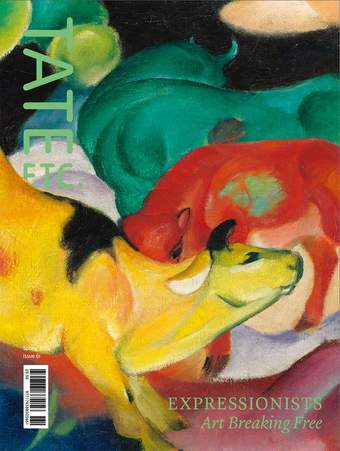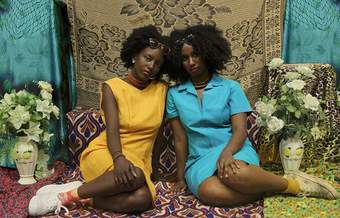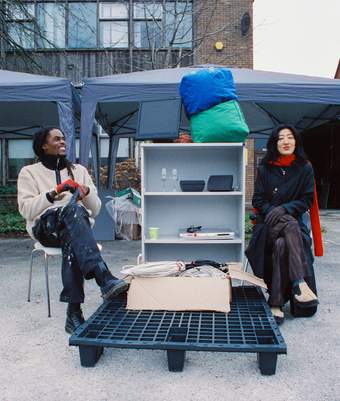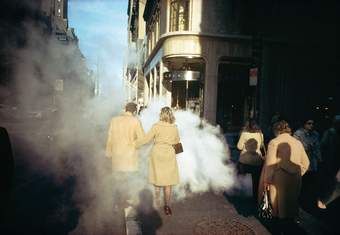
From my first moments as a young photographer in 1962 – actually, from my very first roll of film – I chose to work in colour. I believed in its potential. Why wouldn’t I? The world is in colour.
Of course, at that time I was young and inexperienced, and not really aware of the negative associations with colour in the ‘serious’ world of photography. Back then, colour was thought to be too commercial or an amateur’s material. It was also almost impossible to print in colour in your own darkroom, especially if you were, as I was, a young photographer without resources in the early 1960s.
By 1963, I began to carry two cameras every day – one loaded with colour film, the other with black and white – and switched between the two. Around the same time, John Szarkowski, then the director of photography at the Museum of Modern Art in New York and perhaps the most profound proponent of the medium, stated something to the effect that photographers, when they release the shutter, simply describe what’s in front of the camera: description is what it’s all about. His seed idea clarified my position, because if description is what photography is about, then black and white does not describe everything since it subtracts colour.
From 1966 to 1967, I lived in Europe, where I had the opportunity to set up a test for myself: I took two nearly identical photographs of each of my subjects – one in colour, and one in black and white. When I got back to America, I was able to examine and analyse those pairings. What I saw was that the colour images had more information – it was as simple as that. There was so much more to see and consider, whereas black and white reduced the world to shades of grey. While that reduction had provided us with more than a hundred years of remarkable images, we were entering a new era. Colour, for me anyway, seemed to offer a challenge to the establishment and its accepted conventions.
Colour film was more demanding to use – unlike with black and white, one’s exposure had to be perfect – but it was also far more elegant in the way that it described things. The sharpness and cohesive quality of the colour image compelled me to ‘read’ everything in the frame more carefully. It was as if a small ping of colour in the distance added to the meaning of the whole frame, and often it did. I brought my experiments with colour to different photographic subjects, from street photography to landscape, from portraits to still life. I looked, too, at the quality of light: hard sunlight, evening light and even the atmospheres of the seasons.
I had then, and still have now, the belief that colour means something special to each of us, in our personal histories as well as in the present moment. We carry memories of colour just as we do those of scent (smell being our purest sense), and from that recognition we develop our own vocabulary of colour responses.
Who knows why we choose the colours that we live with, or wear, or why one colour makes us feel calm and another irritable? But these biases are there for all of us, and they have certainly played a role in my instinctive responses when I make photographs. I have trusted that the power of colour underlies and informs all my work.
The pairings of colour and black and white photographs that are now on the walls of Tate Modern suggest the kinds of ideas that might occur to anyone when they think about colour. It is my hope that this game of seeing in everyday life will inspire visitors to reconsider the meaning that colours hold for them, and for every one of us.

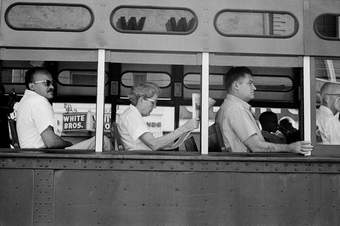
Joel Meyerowitz, New Orleans trolley car, 1963 © Joel Meyerowitz
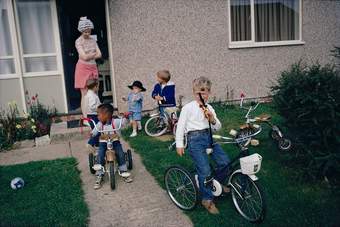
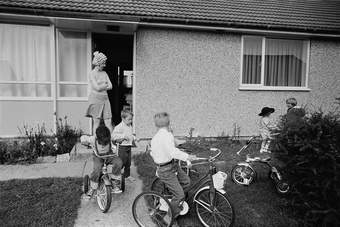
Joel Meyerowitz, England, 1966 © Joel Meyerowitz
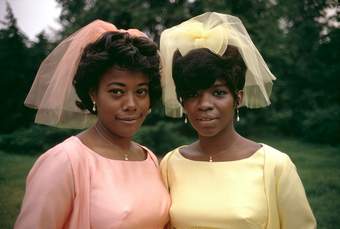
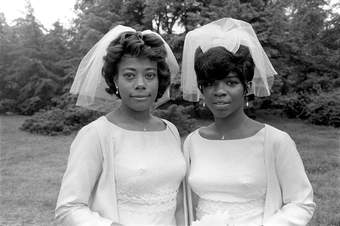
Joel Meyerowitz, Bridesmaids, New York Botanical Garden, the Bronx, 1967 © Joel Meyerowitz
Photographs by Joel Meyerowitz are on display in Artist and Society, Tate Modern.
Joel Meyerowitz is an award-winning photographer whose work has appeared in over 350 exhibitions in museums and galleries around the world. He lives and works in New York and London.
The black and white versions of England, 1966, Greece, 1967 and Crossing the Atlantic Ocean, 1967 were gifted by an anonymous donor. The colour versions were purchased with funds provided by the Photography Acquisitions Committee in 2021. New York City, 1975 was presented by the artist in 2023.

